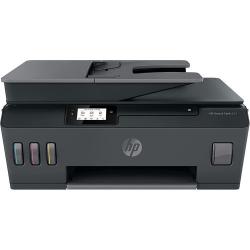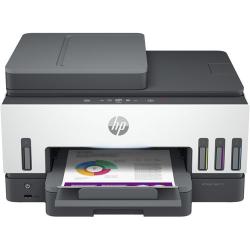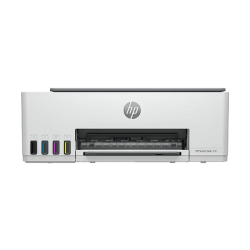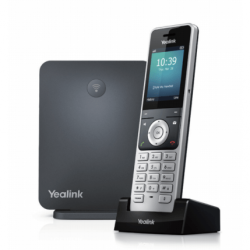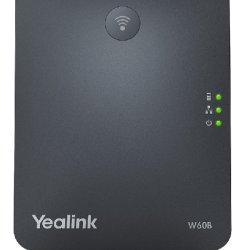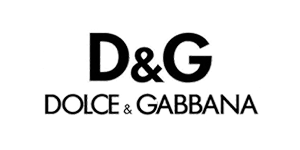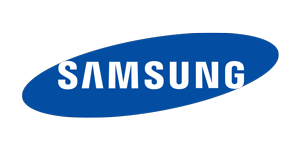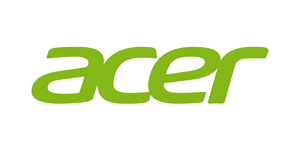
Product Description
The Dell PowerEdge T30 front panel inherits the design from the T20 series, so it looks very similar.
The slight difference of the Dell PowerEdge T30 front is the two USB 3.0 ports above and below two USB 2.0 ports.
The power button location, machine code and DVD drive are similar to the Dell PowerEdge T20.
The back of the Dell PowerEdge T30 is quite similar to the T20
Particularly, the port area has changed. Specifically, the Dell PowerEdge T30 removed the VGA port to replace the HDMI port. Perhaps Dell’s intention is to target workstation users for the demand for HD audio visual signals. Above the HDMI port, there are both Display Ports that can output high-resolution video signals. So, with the Dell PowerEdge T30, we can connect at least 3 HD quality screens.
It seems that with this new generation, Dell removes the traditional connection ports like PS2, COM to replace with USB, but no, there are still 2 PS2 ports for old generation keyboards and mice. Serial port (also known as COM port) is also equipped to communicate with older generation devices. Perhaps Dell knows how to spoil users when it retains these two types of connectors, which is good news for server systems using keyboards, PS2 mice, and messages “just buy a Dell PowerEdge server T30” does not need to replace the keyboard, mouse.
The highlight of the connectivity ports is the Dell T30, equipped with 4 USB 3.0 ports and 2 USB 2.0 ports. There are up to 10 USB ports on the front and back. What is it for?
While the USB port is too generous, the RJ45 network port is only equipped with 1 port. This is not difficult to understand, as Dell has segmented the Dell PowerEdge T30 series for small businesses and small home offices (SOHO). The RJ45 port is the built-in onboard network card Intel I219-LM GbE LAN 10/100/1000.
Another reason we can use the Dell PowerEdge T30 server to replace the PC is the 3.5 mm jack for music and audio recording. Both working and entertaining, too suitable for use at home.
Inside the Dell PowerEdge T30 server
The side cover is easily and gently removed. The lid has a vented area in the lower left corner. This is where the expansion cards are attached to the PCIe slot inside the device. Dell is well prepared for the upgrade and heat dissipation for the Dell PowerEdge T30 server.
A noteworthy point is that the lid surface as well as the entire black paint coating on the outside of the machine is easy to attach to the hand. Although we tried very hard, we could not avoid printing prints on the lid.
The inside of the chassis lid is a sign of operation, upgrade and operation. This is a plus for Dell, because IT staff doesn’t always have to keep the manual or go online to see the instructions. And not just this model, Dell’s recent server models also printed instruction information on the case lid, in the style of “a cover that says it all”.
The layout diagram of components on the mainboard is clearly noted. More careful, Dell also instructed how to delete and reset the BIOS password if the IT staff missed it.
Information cluster for operating instructions, dismantling, upgrading. If you feel that the instructions above are not complete, Dell also provides a QR Code for quick access to the online support page including instructional materials and videos. With only the lid, IT staff had a “secret” set to conquer the Dell PowerEdge T30 server without the need for technical support from the vendor.
The device is used with a fix source, not a hot-plug type like mid-range and high-end servers. The standard source is 80 Plus Bronze, ie the actual performance can be achieved by 85%. With a modest capacity of 290W. But compared to small office needs, this is not a problem, this source still works well.
Dell PowerEdge T30 server is also equipped with a socket like T20, but this socket type is 1151, newer than 1150 in T20. CPU socket has included fan cooling according to the machine. Fan also looked simple, not pitiful like the fans for high-end gaming PCs or servers. That is enough heat for the CPU, because the Intel Xeon E3-1200 v5 series is not too hot compared to the Core i series or the E5 series.
Next to the CPU socket are 4 DDR4 ram slots, which support ECC ram type for servers. Maximum capacity can be upgraded to a maximum of 64GB DDR4 2133MT / s, ie each 16GB ram slot.
Dell is still loyal to ram maker Hynix. This is a reputable manufacturer and specialized in manufacturing ram for OEMs, big companies like Dell, HP, IBM – Lenovo, Supermicro, … So it is understandable that Dell chose Hynix manufacturer.
USB3 port connected from the mainboard to the front of the case. At first glance, we thought it was a raid card cable on the mainboard, but not, it’s a USB3 cable. The pre-installed raid onboard Intel Rapid Storage Controller 12.0 does not need a cable, this is a kind of Software RAID, as long as we connect the connections via SATA port it is possible to configure RAID. RAID modes can be supported with this raid card type: RAID 0, 1, 5, and 10. A customer question may be encountered as to why the RAID 10 is not found in the RAID configuration section. Because RAID requires at least 4 hard drives to be mounted.
Thankfully for us, the Dell PowerEdge T30 is available with four drill-in 3.5-inch drives with built-in SATA cable to the mainboard. So, if you want to upgrade, we only need to buy HDD right type, no need to buy more tray or cable like some other servers. Not only that, the Dell PowerEdge T30 is also capable of adding 2 2.5-inch drives in the current DVD drive position when using the expansion kit (expansion kit for 2.5-inch drive). Thus, the ability of the PowerEdge T30 can be up to 6 HDD / SSD.
The Dell PowerEdge T30 is equipped with 4 top-down PCI slots: PCIe x16 3.0, PCIe x4 3.0, PCI, PCIe x16 3.0 (x4 speed). With these 4 PCI ports, we can equip more expansion cards for business needs such as: wifi card, VGA card, network card, sound card, … It’s like a professional workstation.
Dell PowerEdge T30’s cooling system includes 3 radiator fans, 1 fan for CPU, 1 fan for PSU and 1 fan for chassis.
Right at the rear edge of the case, there’s a warning pin. Requires the lid to be closed to start. This is very necessary for the server, because if you do not cover the lid and run, the cooling system will not work well, not to mention the insects can easily go inside causing electric shock, failure.
Configure Dell PowerEdge T30
Create an office with the Dell PowerEdge T30 server
By storing and sharing information on a server, the Dell PowerEdge T30 server helps you improve access to information, simplify the process and get more work in less time. Overcome the complexity of data and applications and hosted on Dell T30 server.
Eliminate lost and lost data, photos and videos from “sneaker-net” file sharing. Users can share files and collaborate with central storage files to eliminate the headaches of having multiple copies and versions of files spread among users.
Consolidate data, images and videos stored on multiple media and media types at multiple locations. With the storage capacity of a server, you can focus data on one place from user data in different places like DVD, USB drive and External HDD external hard drive.
Dell T30 helps improve productivity
The Dell PowerEdge T30 server packs large internal storage and performance into a mini-tower tower case designed to provide efficient and simplified operation. With Dell PowerEdge T30, data and applications from multiple desktops, workstations and mobile devices can be integrated into a single server to promote collaboration and productivity.
Depending on your needs, you can leverage the Dell PowerEdge T30’s processing power and density storage to achieve greater efficiency and productivity for your home or office.
Save time when moving or copying files between locations. A server provides faster data transfer than external storage, cloud storage or email.
Improve the response time of business transactions better.

